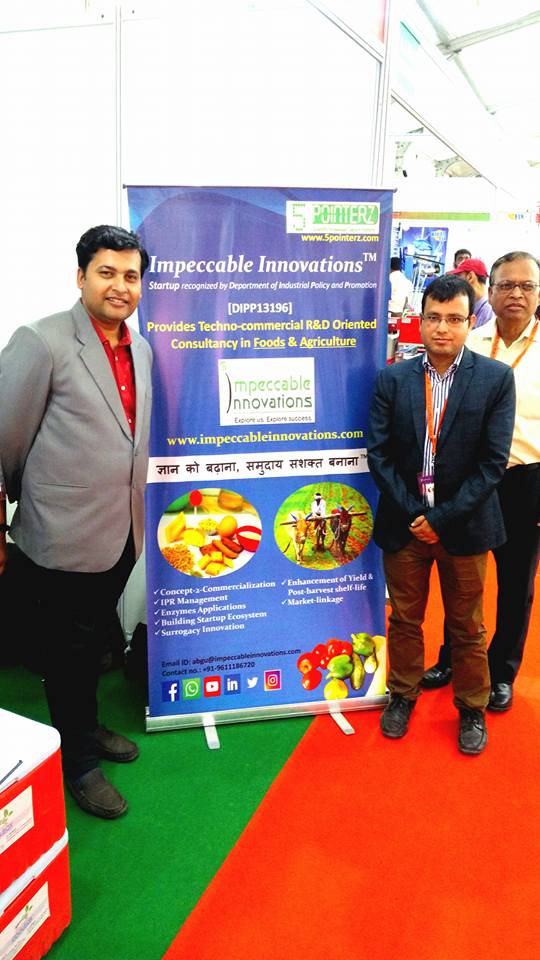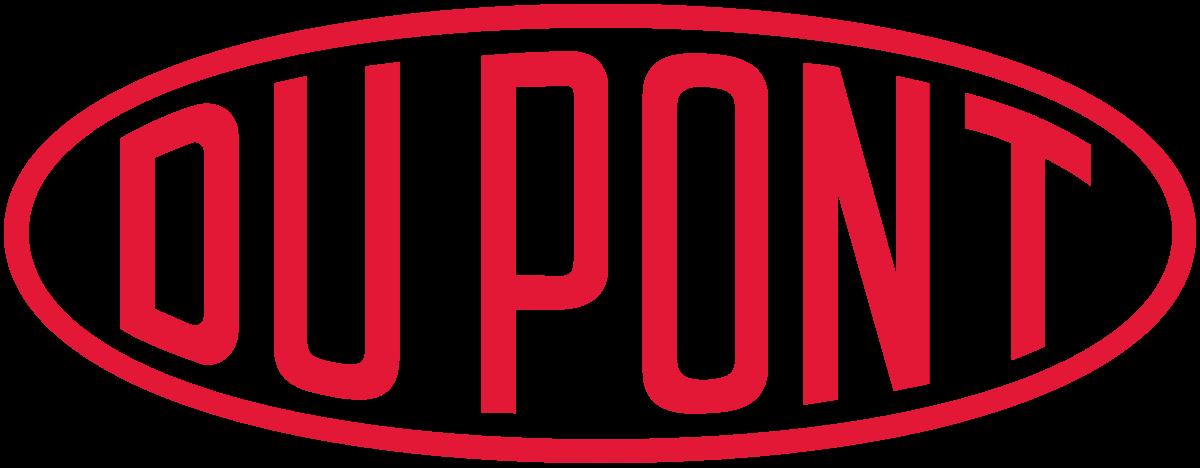Day 1 :
Keynote Forum
Jun Sun
University of Illinois at Chicago, USA
Keynote: Probiotic lactic acid bacteria inhibit inflammation and infection via autophagy pathways

Biography:
Abstract:
Keynote Forum
Greg Maguire
BioRegenerative Sciences, Inc. and NeoGenesis, Inc.,USA
Keynote: The role of prebiotics, probiotics and postbiotics in skin and neurodegenerative diseases
Time : 10:00-10:45
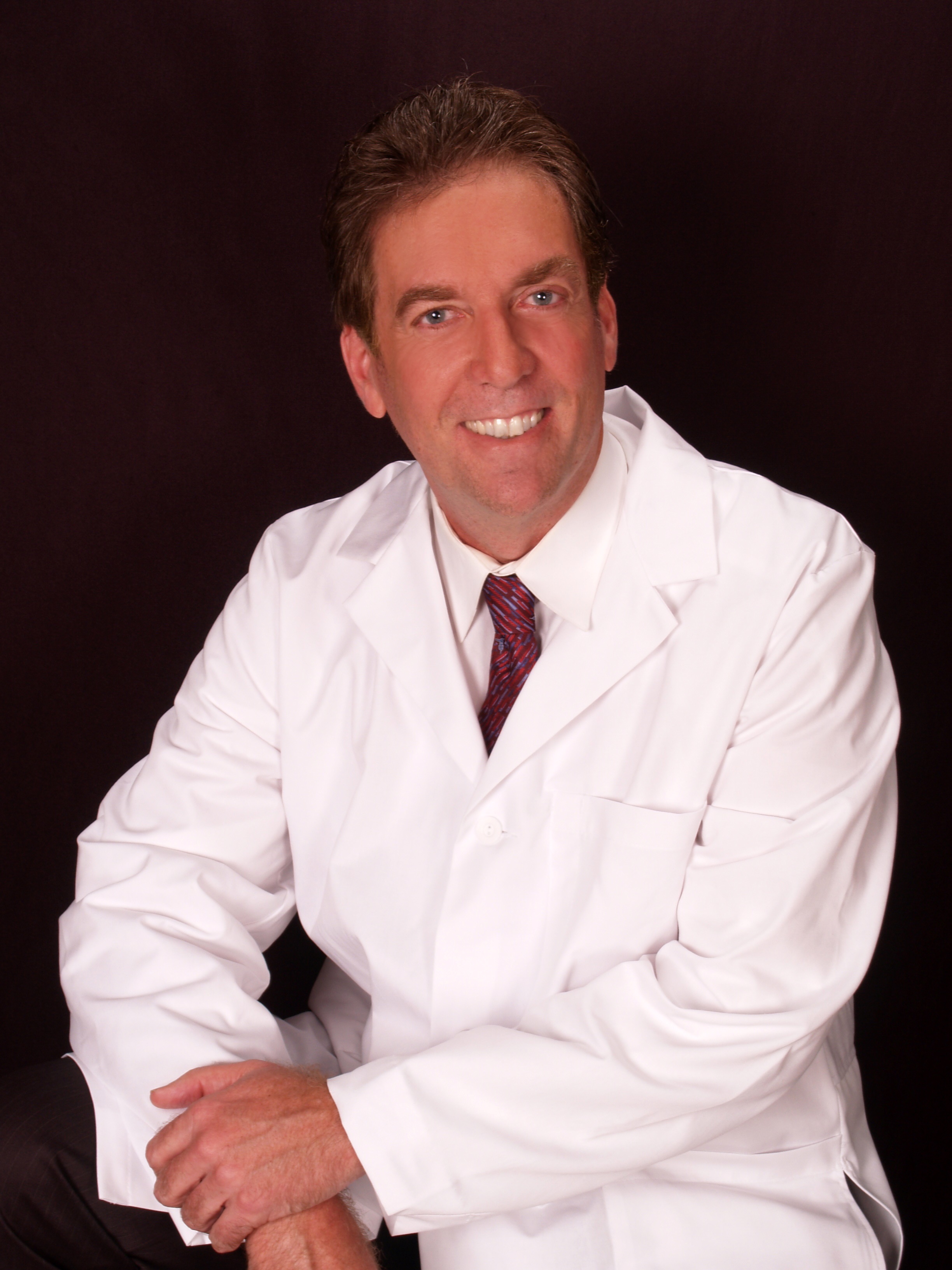
Biography:
Abstract:
Keynote Forum
Vasantha Esther Rani
Fatima College, India
Keynote: Effect of functional foods (prebiotics) incorporated chikkis for HIV positive adults in Madurai district, Tamil Nadu, India
Time : 11:10-11:55
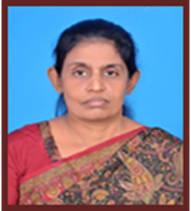
Biography:
Abstract:
Keynote Forum
Elias Hakalehto
Finnoflag Oy and University of Helsinki, Finland
Keynote: Probiotics in mitigating and eliminating the root causes of illnesses
Time : 11:55-12:40
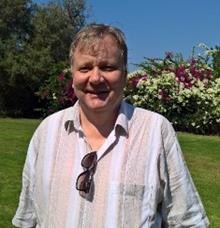
Biography:
Abstract:
- Future of Probiotics and Prebiotics| Genomics of Probiotics and Prebiotics| Probiotics Nutrition| Probiotics in maintaining Health| Microbiome and Probiotics
Location: USA

Chair
Cliff Shunsheng Han
Knoze Jr Corp

Co-Chair
Arthur C Ouwehand
Danisco, Finland
Session Introduction
Arthur C Ouwehand
Danisco, Finland
Title: The future of probiotics: Using trial registries as a crystal ball
Time : 12:30-13:00

Biography:
Abstract:
Robert H Schiestl
University of California at Los Angeles, USA
Title: Novel probiota reducing inflammation in the entire body and persisting in the human intestines at least 60 days
Time : 14:00-14:30
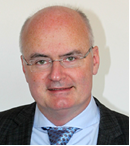
Biography:
Abstract:
Amira Ayad
The North Carolina Research Campus, USA
Title: Stimulating the viability of Bifidobacterium spp. in synbiotic fermented milk by co-culturing with Lactobacillus paracasei 441 and inulin
Time : 14:30-15:00
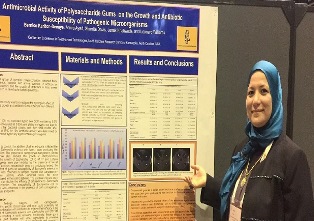
Biography:
Abstract:
Cristina Stewart Bittencourt Bogsan
University of Sao Paulo, Brazil
Title: Fermented milk and microRNA: An epigenetic
Biography:
Abstract:
Paulo Bastos
Institute Pasteur, France
Title: Targeting of host organs by gut bacteria peptidoglycan

Biography:
Abstract:
- Probiotics in maintaining Health and Preventing Diseases| Agriculture Microbiology | Probiotics Products
Location: USA

Chair
Jun Sun
University of Illinois| USA

Co-Chair
Arthur C Ouwehand
Danisco| Finland
Session Introduction
Jong H Kim
Western Regional Research Center, USA
Title: Chemo-genetic approaches for improved antifungal intervention
Biography:
Abstract:
Shrilakshmi Desiraju
Triphase Pharmaceuticals, India
Title: Thermo-stable probiotics products & method thereof

Biography:
Abstract:
Arnab Guha
Impeccable Innovations Pvt. Ltd., India
Title: Idly dosa batter - Indian fermented food – local innovation with global perspective
